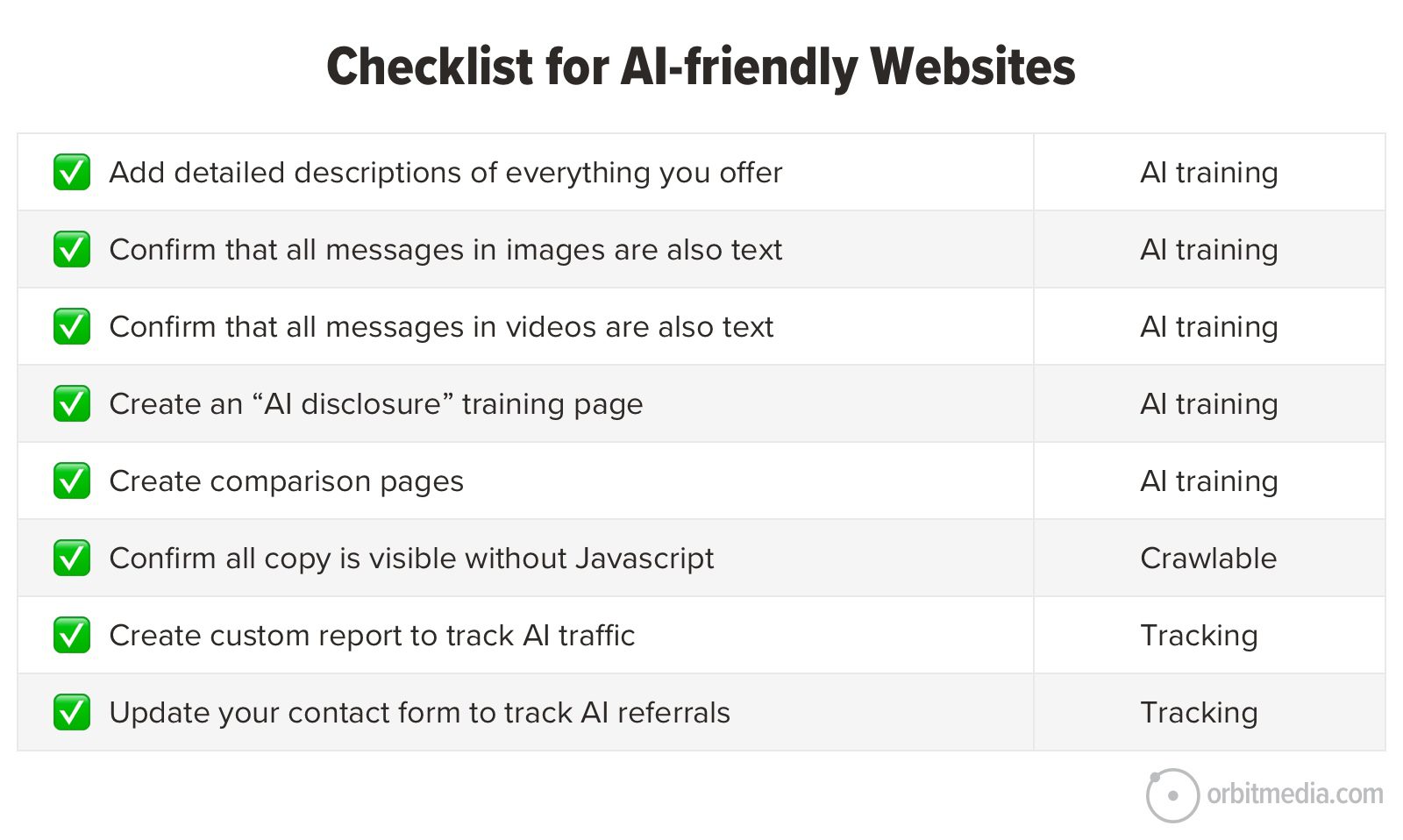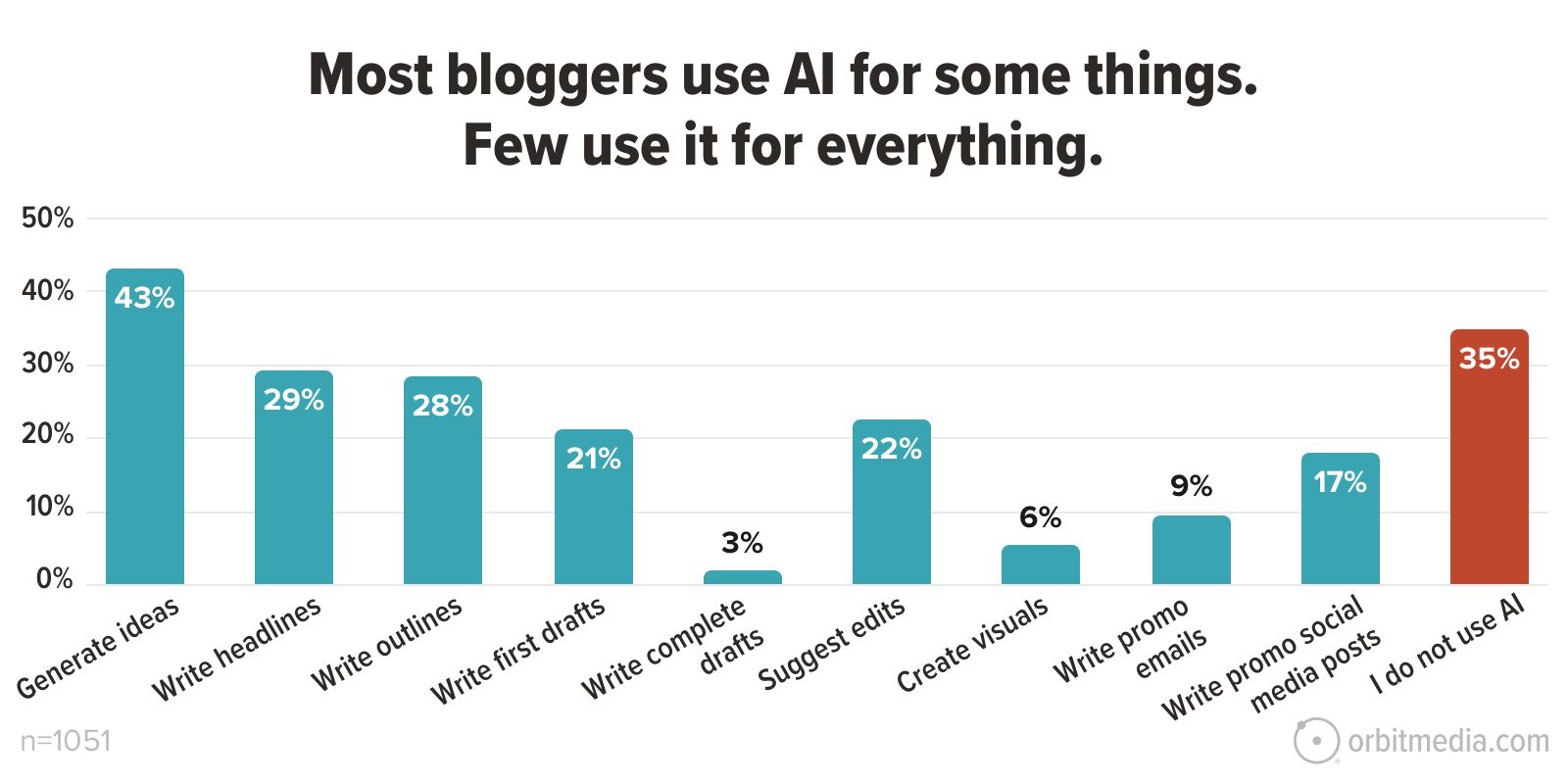How to Make Friends and Influence POTUS
MIT SMR | Getty Images It’s not hard to like the president when he’s announcing a $500 billion plan to fund your technology startup. OpenAI CEO Sam Altman, once a critic of President Donald Trump, recently stood side by side with him to announce Project Stargate, a multicompany effort to shore up America’s edge in […]
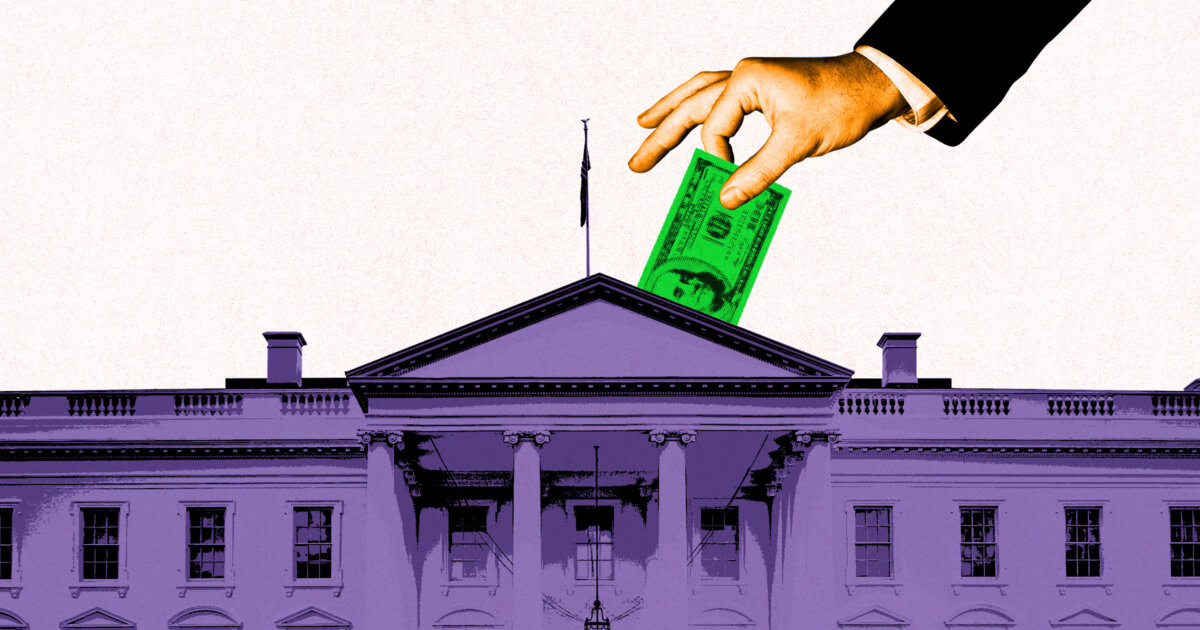
MIT SMR | Getty Images

It’s not hard to like the president when he’s announcing a $500 billion plan to fund your technology startup.
OpenAI CEO Sam Altman, once a critic of President Donald Trump, recently stood side by side with him to announce Project Stargate, a multicompany effort to shore up America’s edge in artificial intelligence. Shortly thereafter, Altman took to social media platform X to announce, “Watching @potus more carefully recently has really changed my perspective on him. … I’m not going to agree with him on everything, but I think he will be incredible for the country in many ways.”
This about-face might have been stunning if Trump hadn’t just been feted at his inauguration by America’s tech elite, including onetime adversaries Jeff Bezos, Sundar Pichai, and Mark Zuckerberg, each of whom contributed a seven-figure sum to help pay for the event.
And business leaders aren’t just currying favor through donations and jawboning. Zuckerberg’s Meta settled a $25 million lawsuit brought by Trump after leaving office in 2021, with $22 million of that going toward his presidential library. This is literally a settlement payment in hopes of better relations and lighter regulation. One law firm agreed to donate $40 million in pro bono support to causes of Trump’s choosing in order to get out from under a crushing executive order, and another agreed to donate $100 million.
Now, embattled Democrats like New York City mayor Eric Adams are spending time at “White House South” — Trump’s Mar-a-Lago Club in Florida — and in Adams's case, getting federal charges against him dropped after promising not to publicly criticize Trump's immigration policy. And why not? The cryptocurrency industry managed to leverage promises of substantial campaign donations and access to key far-right influencers in order to secure the pardon of Ross Ulbricht, the mastermind of the largely illicit Silk Road crypto-powered marketplace.
For CEOs, this is not the way U.S. politics normally works. Lobbying has always had a transactional side, with rich corporations paying high-priced influence peddlers to make sure their pet issue or carve-out is treated kindly in the halls of Congress or by the president. But never before has politics in America looked so much like politics in more authoritarian regimes, with many CEOs sounding like they are reading from the same playbook.
This is a challenging environment for companies to navigate — and the politics aren’t all that is changing. While the tenor of politics continues to shift to adapt to a new president, the vehicle of politics will shift too. We are also about to witness the dawn of AI-powered influence peddling, which will send further shockwaves throughout the Beltway.
We have two very different perspectives on the issue. One of us is a Pulitzer Prize-winning journalist who cowrote the seminal book on Washington lobbying, The Wolves of K Street: The Secret History of How Big Money Took Over Big Government. The other is a political forecaster turned tech entrepreneur who, in his newly released book Unruly: Fighting Back When Politics, AI, and Law Upend the Rules of Business, used the term “artificial politics” to describe how AI will intersect with politicking to create radically different outcomes than political scientists might expect. From our two vantage points, we are sounding the alarm that companies must prepare for new ways of influence.
Human Lobbying in the Trump Era
As documented in The Wolves of K Street, lobbying the Trump White House is a throwback to an earlier era dominated by cozy relationships and campaign checks. From the early 1900s until the Watergate era, the few corporate lobbyists who existed drew their influence from personal relationships with presidents and top congressional leaders. These masters-of-the-universe insiders could save companies millions of dollars with a single phone call to a well-placed friend. As of the 1960s, perhaps 100 lobbyists prowled Washington, D.C.
But all of that changed after the Watergate scandal. When the American people rebelled against President Richard Nixon’s abuse of power and elected dozens of reformers to Congress, it changed how political power was held. Power shifted from the presidency to Congress — and much of it to numerous committee and subcommittee chairs. One of the top lobbyists of the post-Watergate era, Tommy Boggs, used to joke that when he went to Capitol Hill and yelled out, “Hey, Mr. Chairman!” half of the lawmakers turned around.
Companies suddenly needed connections to scores of government officials who held sway over their policy priorities, and thus, they began hiring squadrons of lobbyists.
Modern politics has also changed the lobbying industry. Since the mid-1990s, the Republican and Democratic parties have been locked in a political blood feud. Every few years, one party or the other wins control of Congress and/or the White House. No single party has had sustained control of power in Washington.
In the viciously partisan environment that has persisted since then, campaign operatives are constantly scouring the voting records, campaign finance data, and personal financial reports of their opponents for ties to corporations or special interests. For lawmakers, doing a favor for a corporate lobbyist or campaign donor could be their downfall. As a result, lawmakers grew wary of taking any action that could be viewed as a favor to a lobbyist, donor, or special interest group.
That could have been catastrophic for K Street. But change brought innovation, and lobbyists found a new way to influence lawmakers: through their constituents. In the past decade, lobbyists have turned to sophisticated social media and advertising campaigns to persuade lawmakers’ constituents to support specific business priorities. The hope: If a lawmaker believes that a majority of their constituents support a cap on debit card fees — then so will the lawmaker.
But now Donald Trump is causing companies to rewrite the playbook once again.
Because he does not prefer to move his policy agenda through regular congressional channels, he is seeking to legislate via executive order. In his first term, Trump signed more executive orders than any president had in decades.
In his first few months in office in 2025, Trump has shown that this term will be no different, signing orders to slash government spending and eliminate federal agencies. By bypassing Congress, Trump is seeking to return policy-making power to the White House.
How does this impact Washington’s lobbying industry? Because Trump is consolidating power in the White House, the only way for companies to influence policy is to get to Trump.
The primary way to do that is for companies to hire one of the handful of people who have a personal relationship with him. As a result, Trump has forced the lobbying industry to revert to the last century, when a handful of powerful political fixers ruled Washington.
Robot Influence Peddling
Corporate leaders must understand a second, significant way that lobbying in the second Trump presidency could change. When Trump announced on Nov. 15, 2022, that he’d be running for president again, ChatGPT was just about to be released. Today, generative AI and the tech intelligence explosion are moving too quickly for experts to accurately predict the future. While AI has many applications, one area that will surely surface is influence peddling. After all, why pay for the tailored suits on K Street when tokens and compute are much cheaper?
We are already starting to see how such efforts would work. As one of us (Sean) detailed in a 2024 Harvard Business Review article, a group of crypto activists managed to secure policy concessions from the Treasury Department by releasing a bot that left more than 100,000 comments on a proposed Treasury rule.
Two years ago, Sarah Kreps and Doug Kriner of Cornell University sent some 30,000 letters to more than 7,000 state legislators to see whether the lawmakers would be more or less likely to respond to AI-generated letters. While the researchers found that getting a response to the AI letters was statistically less likely overall, there was no difference on some topics, and the AI actually did better on others. Similar tech likely has even more persuasive letter-writing abilities today.
Stanford fellow John Nay showed how AI could be used to lobby on a company’s behalf: After ingesting a company’s public filings, a large language model evaluated whether a proposed law would be relevant to the corporation and, if so, automatically drafted a letter to a member of Congress or a regulator seeking changes to it.
Nathan E. Sanders and Bruce Schneier took this concept a step further in an article for MIT Technology Review, explaining how AI can be used to build a “microlegislator” — a lobbying robot that digests proposed legislation, understands the smallest and least-detectable changes to legislation that could benefit a particular interest, and then strategizes how to get that language inserted by pulling levers of power. Such efforts could go undetected or require a few favors to get secured.
There are some real concerns about automated influence. The government may start to lock down avenues for public comment if it determines that AI is manipulating those pathways. This could ultimately shift politicking back to smoke-filled backrooms, shutting out certain interests who feel they have no choice but to turn to disruptive protests. Or robot lobbyists could reinforce power dynamics, where the strong get even more advantage because they can invest in these tools. Either way, this technology is poised to become an increasingly important part of getting your corporate message across, especially when interacting with the government and the legal system.
Responses to New Lobbying Realities
The lobbying landscape is shifting, and business leaders don’t want to be caught wrong-footed. As a CEO, what can you do to deal with the current situation?
Think of the U.S. Like Hungary
For years, U.S. political forecasting was a game of lining up the opinions among stakeholders in both chambers of Congress and seeing what coalition might be able to propel a piece of legislation to the president’s desk. But today, it’s not even clear that Congress will play much of a role, as Trump increasingly pushes the boundaries of executive power. Thus, for business executives, the first step is to shift your mindset to think of the U.S. like you might think of Hungary or Russia — which is to say that if you want to get something done, you may need to make your case directly to the president or his closest advisers.
It goes without saying that having access to Trump is a huge advantage. The four years of his first term showed that businesses often got what they wanted from the White House by paying huge sums of money to hire lobbyists who had personal relationships with the president.
Put Legal in the Lead
Yet, such a strategy of cozying up to the president presents certain risks — whether the reputational risks of cronyism, the alienation of key customer groups, or allegations of corruption. After all, there’s a thin line between the president taking up your cause because you’ve made a commitment to do something aboveboard in return, versus his doing you a favor because you’ve unwittingly agreed to do something that could cause you problems down the line.
To limit such a risk, your organization could join the increasing number of companies that are moving government affairs under the chief legal officer or general counsel. This is important from a risk point of view because legal will be able to oversee influence-building and guide you on whether an action is on the right side of the line.
This approach is important for another reason: The courts still matter. It’s one thing for the president to issue an executive order that willfully disregards Congress or that unilaterally reinterprets the Constitution. It’s another for the courts to agree that it’s legal. So before companies spend big money on calling in Mar-a-Lago favors, in-house legal experts should have a strong conviction that a policy priority will pass muster with the courts. No executive wants to spend political capital to push a policy that will end up embarrassing the president when he takes it up.
And, of course, the same goes for companies that seek to block policy. In a world where the White House is vying to make more rules, the courts — rather than the legislature — may be the only brake.
Exert Outside Influence
Many companies don’t have the type of budget or relationships necessary to write Floridian fables of influence. So, what can they do? These companies may need to run an outside game of getting the president’s attention — through social media and even television commercials.
This is a persuasion game, and you can use the knowledge that the president believes what he sees online and on television to your advantage. It goes without saying that AI tools can generate, publish, and amplify such content.
There are several infamous examples of lobbyists having used traditional and social media to successfully win over Trump during his first term in office. In one case, one of Trump’s advisers told a corporate lobbyist that the president enjoyed watching Lou Dobbs’s show on Fox. At the time, advertising rates for the program were not expensive. So the lobbyist advised his client to begin buying ads on the Fox program in order to persuade Trump to support the company on a pet issue. In short order, the lobbyist learned that Trump was barking orders to his White House staff that had come directly from the Dobbs commercial.
Corporate lobbyists ran similar commercials during any shows they suspected the president was watching. Some lobbies bought ads on shows they knew Trump liked, such as Sean Hannity’s on Fox News; others targeted ads on programs they knew Trump watched because they made him angry, like Morning Joe or Saturday Night Live. In 2017, interests in Saudi Arabia wanted to persuade Trump to end America’s warm relationship with Qatar. To catch Trump’s eye, a Saudi-backed lobbying group paid for television advertisements that ran during the British Open golf championship.
Automate Communication for Blocking Purposes
While automated lobbying under a different presidential regime may lead to policy victories, it’s unlikely that today’s Congress can achieve policy change in your favor without the support of Trump. Thus, for now, the best way for business leaders to use new robotic influence-building tools is to slow Trump from taking action on matters they don’t support.
Using automation for public commenting on federal rules that threaten your company, or to send letters to members of Congress on both sides pleading your company’s case, is an increasingly efficient way to slow down policy making. The point is not to generate deepfake or dishonest content but rather to use technology to get your legitimate point of view expressed efficiently. If you’ve decided to show a member of Congress the true cost of capitulation on policies that run counter to their actual political interests, AI is very good at generating and distributing such content. Building up processes and familiarity with automated lobbying tools will help you in the future, once they’ve become more effective at proactive policy influence.
The generation of mass content for influence purposes raises clear ethical concerns that companies will need to balance. However, failure to understand the way new technologies can amplify your viewpoint may render you less able to influence stakeholders than competitors that do.




















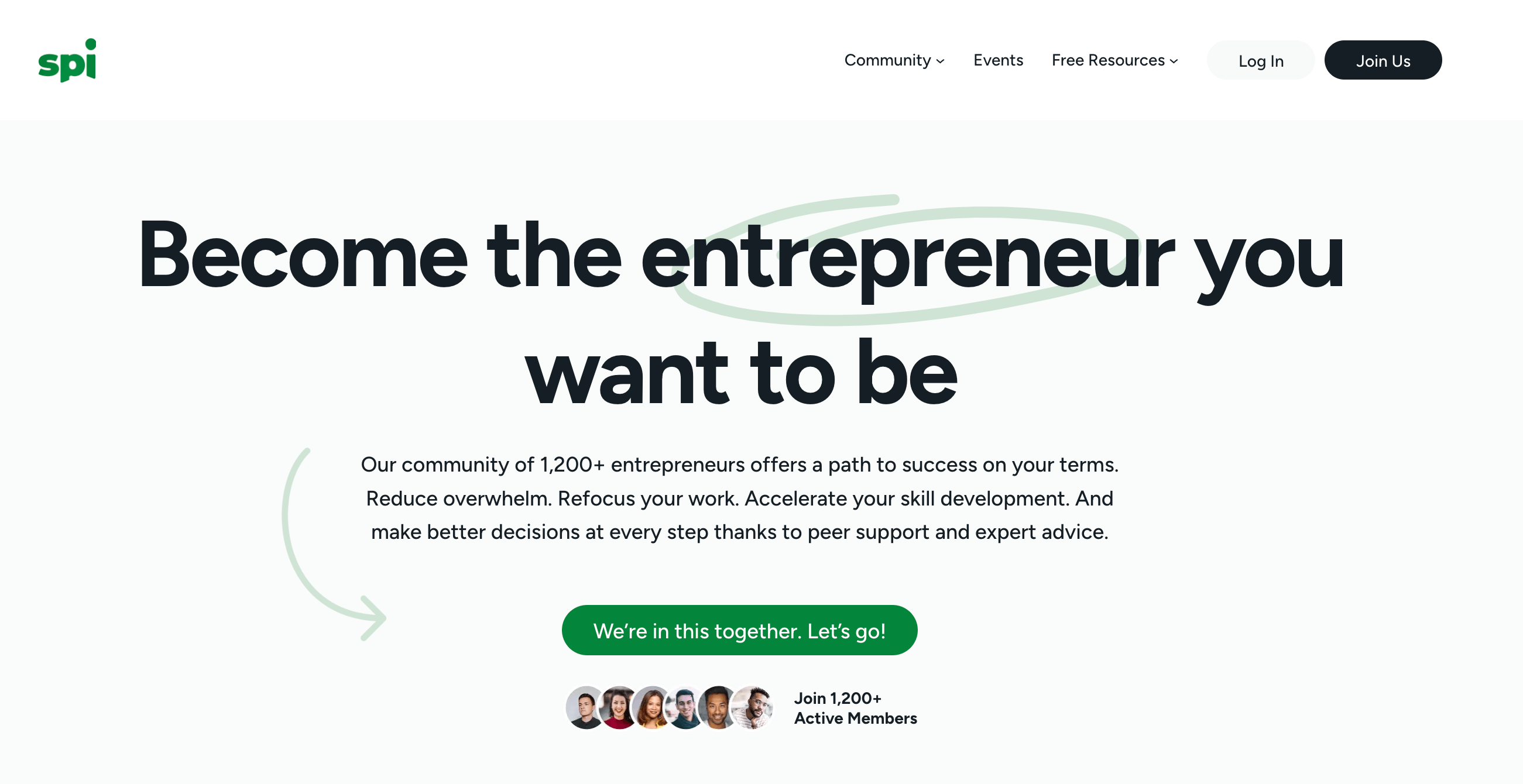












































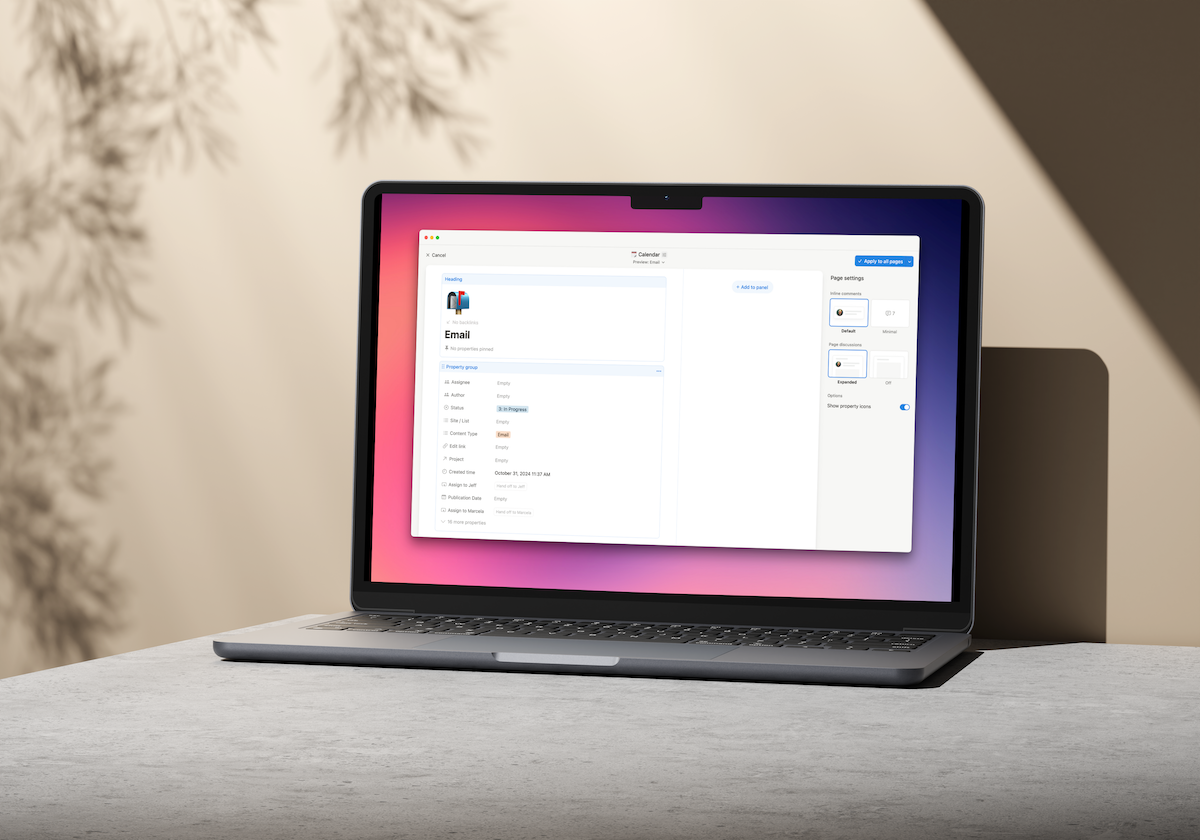
















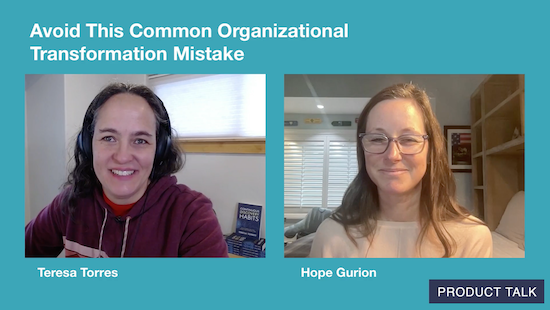
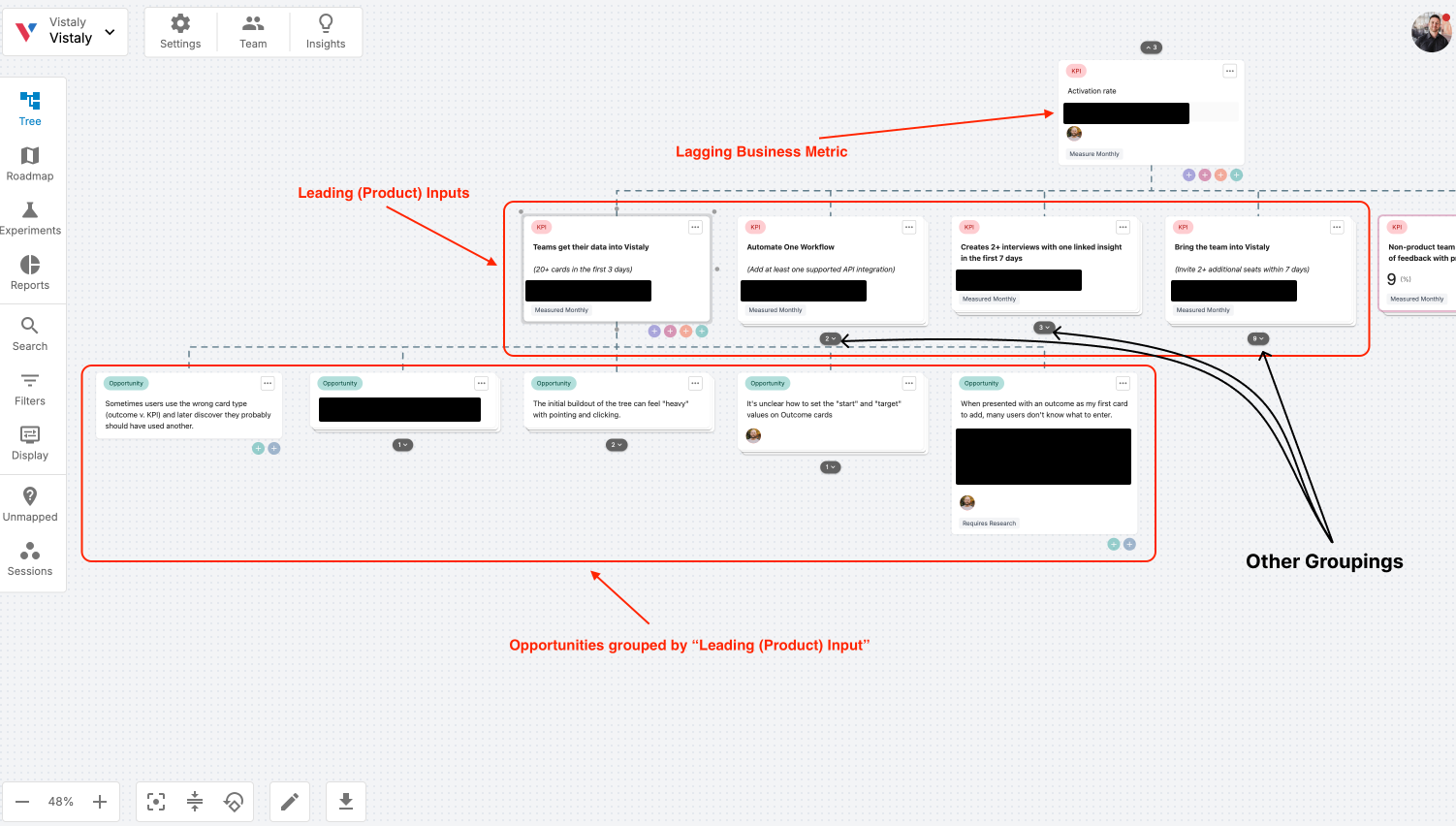
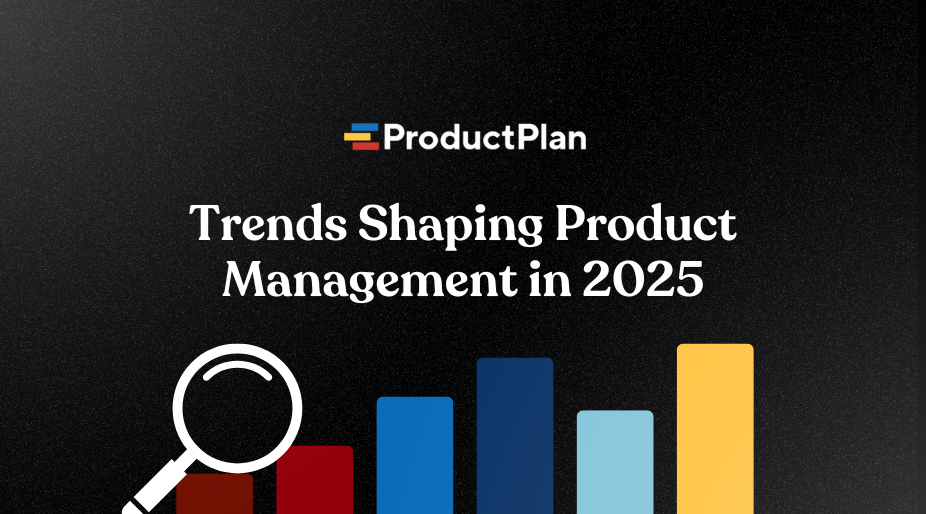


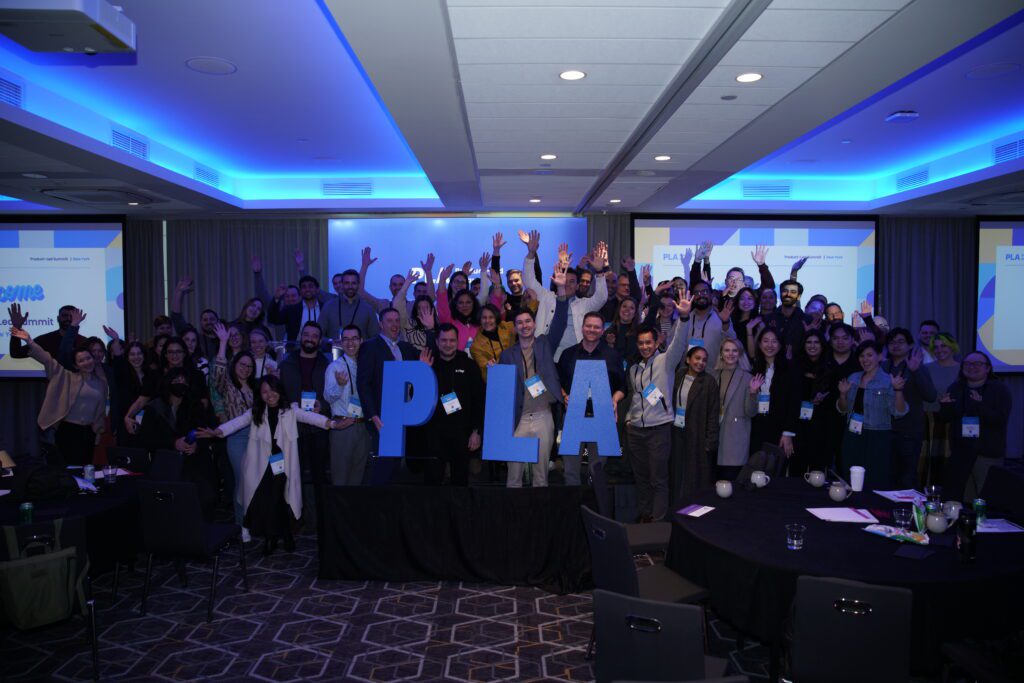












![Building A Digital PR Strategy: 10 Essential Steps for Beginners [With Examples]](https://buzzsumo.com/wp-content/uploads/2023/09/Building-A-Digital-PR-Strategy-10-Essential-Steps-for-Beginners-With-Examples-bblog-masthead.jpg)





![How One Brand Solved the Marketing Attribution Puzzle [Video]](https://contentmarketinginstitute.com/wp-content/uploads/2025/03/marketing-attribution-model-600x338.png?#)


